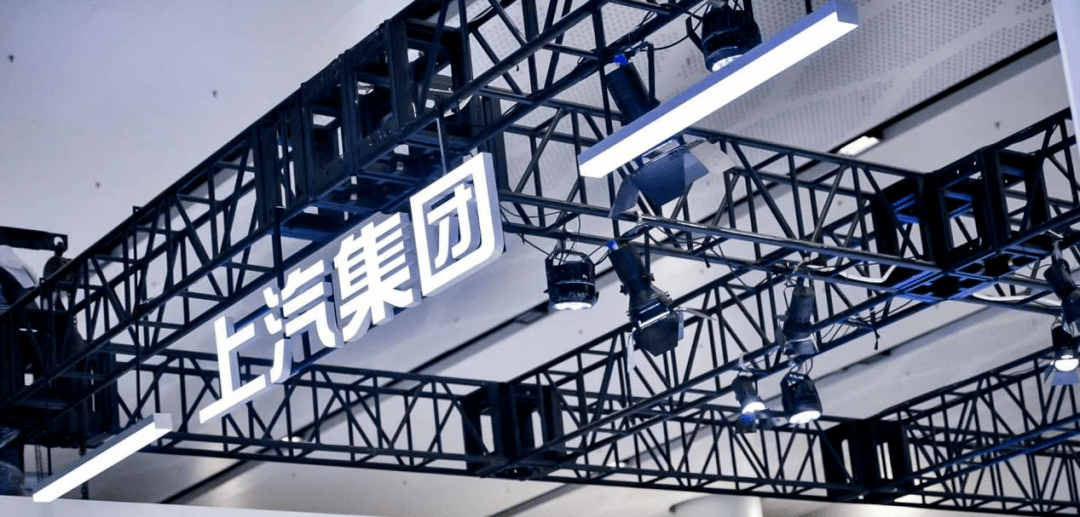上汽星云 Pure Electric Platform
Author: Zhu Yulong
In the context of the industry trend, an automotive group needs to come up with a competitive pure electric platform and quickly build hot-selling models on top of it. SAIC is going to make an attempt in this regard with its “SAIC Nebula” pure electric platform, which has many technical terms. Here are some analyses. SAIC has been developing the specialized E50 pure electric vehicle for a long time, and the investment in the Marvel X in 2018 is not small. However, it is not enough to have only a variety of vehicle models. Systematic technological support is also necessary. So far, SAIC’s R&D direction has been quite comprehensive:
-
The “SAIC Nebula” pure electric exclusive systematic platform: specifically designed for pure electric vehicles, including the platformized “Magic Cube” battery system and “Green Core” electric drive system.
-
The “SAIC Zhufeng” mechatronics integration architecture: corresponding to the “Blue Core” powertrain system for hybrid and plug-in hybrid vehicles.
-
The “SAIC Xinghe” hydrogen energy exclusive architecture: fuel cell vehicle platform.
All of these platforms have software systems, namely the “Galaxy” full-stack intelligent vehicle solutions. Overall, the entire Nebula’s pure electric architecture also represents SAIC’s intention of breaking away from the original architecture. In the pure electric architecture, the battery system with flexible charging and replacement ranges, a large-scale power system, smart electronic architecture, and software system are all centered around. In a sense, this time, SAIC began to deploy its technological reserves on the new electric vehicle platform and continued to evolve. In the Chinese market, as the penetration rate of new energy vehicles has continued to exceed a quarter for multiple months, SAIC cannot afford to be reserved anymore. To release an electric vehicle platform at this time can be seen as a similar impact to a tiger coming out of the mountain.

Making an electric vehicle platform becomes simpler because of the cancellation of the engine and transmission. This trend also prompts automakers to be more inclined to create modular vehicles like LEGO. In horizontal comparison, SAIC’s Nebula architecture has achieved good characteristics in terms of flexible charging and replacement, battery capacity, and electric drive platform expansion. The introduction of the centralized architecture and SOA in the software system is also at the forefront, which is very helpful for the competitiveness of subsequent pure electric vehicles.
SAIC Nebula Pure Electric Platform
The “SAIC Nebula” is China’s earliest pure electric exclusive systematic platform in the automotive industry. As early as 2010, SAIC started developing an architecture benchmarked against Volkswagen MQB, and launched the high-performance electric vehicle Roewe Marvel X in 2018. In 2020-2021, the SAIC Zhufeng mechatronics integration architecture was born.
The “SAIC Nebula” pure electric exclusive systematic platform mainly includes several characteristics:
- Modular Scalable Platform(MSP) for modular expandability
The MSP mainly includes energy scalability of the battery system (with a wide energy matrix of 44-150 kWh) and scalability of the driving system (with a wide power range of 150-600 kW), as well as expandability of vehicle models, covering various types of whole vehicle products such as compact cars, medium-sized cars, large cars, luxury cars, sedans, sports cars, SUVs, MPVs, and others, aiming to serve global markets. In other words, the four independently-owned brands of SAIC Motor (Zhi Ji, Fei Fan, Roewe, and MG) will all be implemented on this platform in the future.

- High Value Module Gradation
The gradation of the three major modules (battery, electric drive, and energy supplement) belongs to the high-value market segment in the platform, leveraging the advantage of gradient design in electronic and electrical architecture. Its implementation demonstrates its efficiency and flexibility. Thus, SAIC Xingyun proposed the comprehensive three-level safety system, which includes battery safety, structural safety, and active safety, to build a comprehensive, three-dimensional, hardware and software combined super strong safety system for users with the global five-star standard and more advanced network and data security protection systems.
In terms of battery safety, SAIC Magic Cube battery possesses technology of L0-level thermal runaway prevention and adopts a combination of patented technologies such as “pre-, guide-, laying-, isolation-, and disconnection” to achieve no thermal runaway even after multi-pin piercing under 50-degree high temperature.
Structurally, its characteristic lies in the basic dimensions of length and width, which are fixed at 1690 mm (length) and 1300 mm (width), with three different thicknesses of battery module available, 110 mm, 137 mm, and 125 mm, depending on the required energy capacity. The thicker the battery, the larger the energy capacity, and the number of cells inside can also be adjusted, with four serial connection methods: 96, 100, 104, and 108.
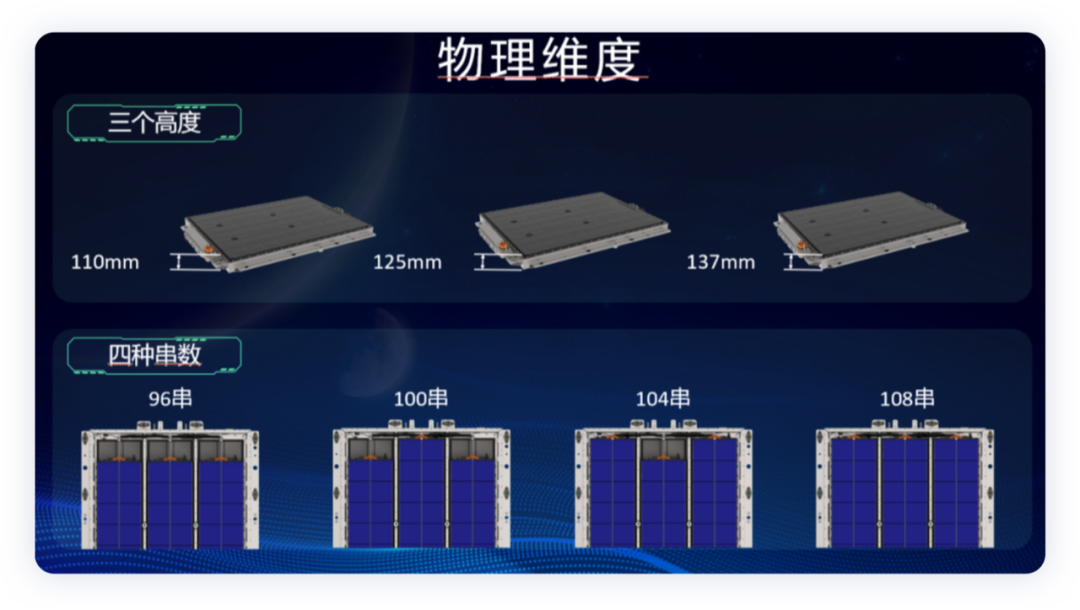
As for the energy density of the battery chemistry, it mainly includes:
-
Density system: low (sodium-ion, iron phosphate, M3P), corresponding to four different energy capacities of 44/51/64/70 kWh.
-
Medium (5 series, 6 series, high-nickel ternary), corresponding to four different energy capacities of 64/77/90/100 kWh.
-
High (silicon-carbon negative electrode, semi-solid), corresponding to three different energy capacities of 115/135/150 kWh.
Interestingly, this battery is designed using the only flat battery on the market, with the longest lifespan of a 64 kWh battery pack lasting up to 12 years and 1 million kilometers. The ultra-long lifespan is one of the outstanding features of the Magic Cube battery.
Here are the corrected parts in English Markdown:
The concept of the lying position here is considered more from a safety perspective. After a single cell loses control, the overall safety can be maintained for a long time.
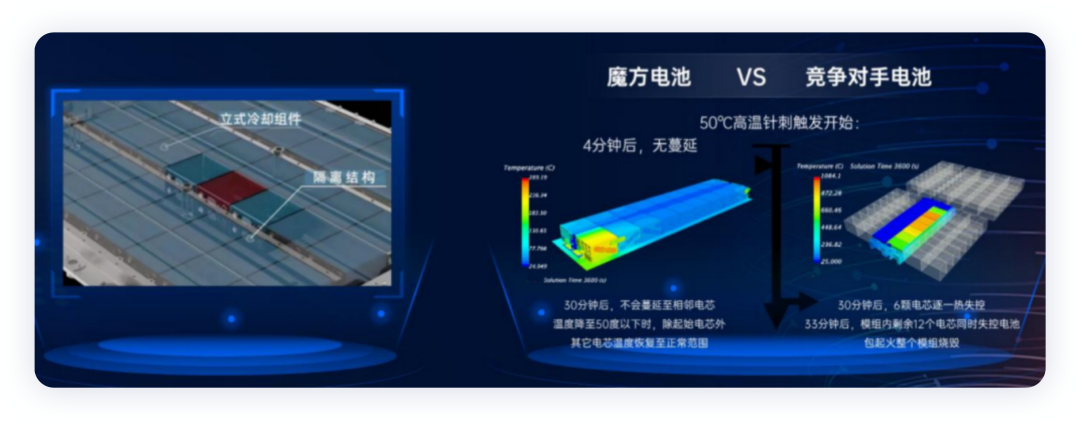
Battery safety is the foundation of the entire system, and the upgrading of vehicle structure safety and various active safety systems, as well as advanced network and data security protection systems at the software level. The Nebula platform will build a comprehensive, three-dimensional, and strong safety system that combines software and hardware for consumers.
- “A personalized and intuitive intelligent experience“
At the software level, the Nebula is equipped with an “integrated cloud management” intelligent vehicle full-stack solution, based on intelligent cloud platforms, software platforms, computing platforms, electronic architectures, etc., to create a digitized product that integrates the cabin and driving experience.
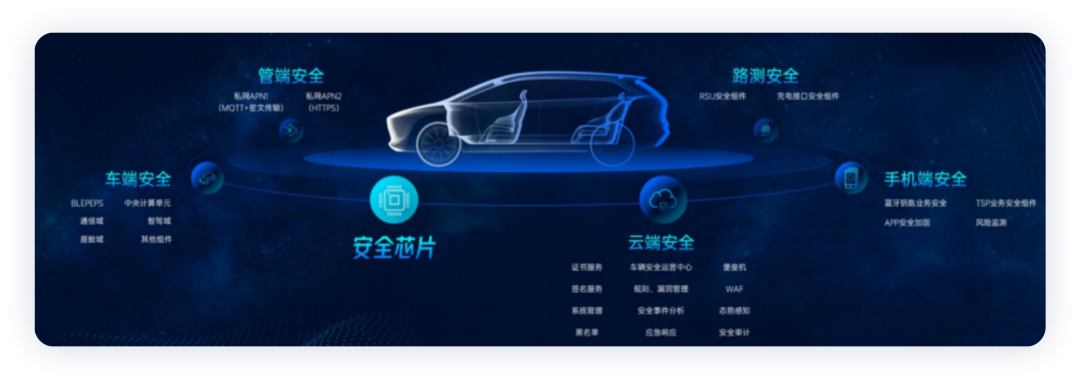
Concerning automated driving assistance, the Nebula platform currently introduces a relatively limited number of features. In terms of hardware, it can be paired with different 8-megapixel front-facing cameras, five 2-megapixel peripheral cameras, and five high-performance millimeter-wave corner radars. The automated assistance system, based on L2+ Level automated driving, now includes the ALCA command lane change, RCW rear collision warning, ELK emergency lane avoidance, UTOPILOT smart navigation based on high-precision maps, and other features, making L2++ Level automated driving possible.
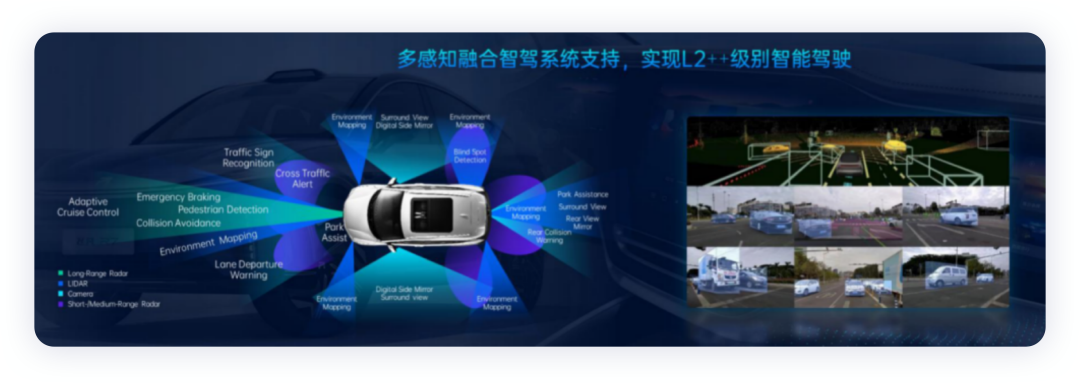
Pattern Nebula, and then “Azure”
Here, we will discuss the future development of the Nebula as a vehicle platform. To be honest, the current technology iteration is too fast, so the development concept of “sustainable expansion and iterative upgrade” has been considered in the Nebula platform’s construction. For the four major self-owned brands that will be applied, such as IM, RisingAuto, Roewe, and MG, SAIC Nebula provides more extensive technical compatibility and scalability, and each brand can develop corresponding product architecture based on the underlying module according to its own product positioning. Moreover, upcoming technical breakthroughs include:
First, solid-state battery integration technology, leading to a journey of 1000 kilometers. There are already trial-verified vehicles that have higher energy density, longer life, and safety.
Second, integrated die casting technology is in the project approval stage.
Third, CTC/CTB. We will see the demonstration of the CTC prototype car this year, and the CTB application project has been launched.
Fourth, wire-controlled chassis. It is led by the SAIC Innovation and R&D Institute and implemented by the Group’s subsidiary, Lianchuang.Fifth, scenario-based autonomous driving based on vehicle-road coordination and data application must be on the road.

Summary: SAIC Group, true to its humble origins in Shanghai, has successfully taken its own path in technology research and development. The development of new energy vehicles requires the spirit of pioneering and innovation. It is understood that SAIC Group has invested a lot of resources in the research and development of new energy vehicles and intelligent vehicles. The next step is whether the products can achieve explosive sales and establish differentiated competitive advantages as expected, and everyone is watching.
This article is a translation by ChatGPT of a Chinese report from 42HOW. If you have any questions about it, please email bd@42how.com.
